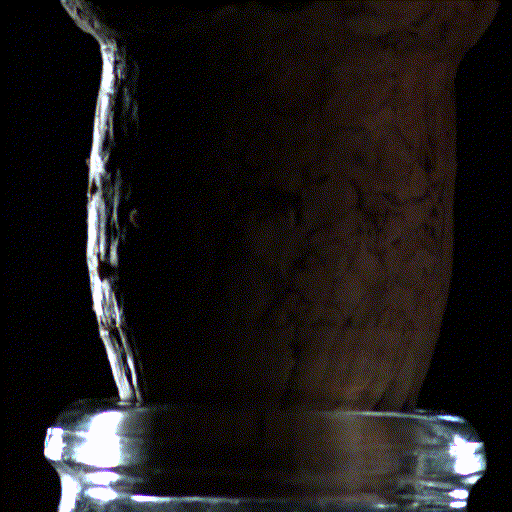When you purchase through links on our site , we may realize an affiliate committal . Here ’s how it works .
block the conundrum of whether your Methedrine is half - empty or half - full — somewhat before long , plenty of beer glasses in the United Kingdom may not have anything in them at all .
Soda drinkers wo n’t have much to wassail with , either . And it ’s all due to a life-threatening disruption in the European supply range of mountains of industrial , food - gradecarbon dioxide(CO2 ) , the gas that lend the beverages their fizz , gas industry website Gasworldreportedon June 19 .

Beer drinkers in Europe could soon find that their favorite pub’s taps have run dry.
The CO2 shortfall is n’t just affecting beverages — it ’s also serve up a generous helping of trouble for meat production in Europe . C dioxide is used in core promotional material to slow the increase of microbes and preserve the heart and soul ’s color and freshness , and in butchery , CO2 is used to stun animals prior to down them , representative of the British Meat Processors Association ( BMPA ) reported ina statementreleased June 21 . [ Raise Your Glass : 10 Intoxicating Beer Facts ]
The trouble start with the late closure of several industrial plants that provide limpid CO2 across northern Europe ; they were shutter " for various reasons , including sustenance and refurbishment , " impact a routine of business that produce or pass on food and beverages , Gavin Partington , director general at the British Soft Drinks Association , said ina statementon June 20 .
BMPA officials report on June 21 that the CO2 deficit would likely last " or so four calendar week . " In the daytime that followed , the flow of CO2 across northern Europe slow down to a dribble , with the U.K. the hardest hit by the CO2 scarcity . On June 26 , a wide used British wholesale nutrient and potable company began ration out statistical distribution ofcarbonated drink , trammel businesses ' purchase to no more than 10 cases of beer and a level best of five pillow slip of cyder or soda , CNBCreported .

Meanwhile , business concern were growing that centre , beer and carbonated drink would evaporate from British supermarket shelves " if a normal supply of CO2 is not restored as apace as possible , " Ian Wright , a example of the U.K. ’s Food and Drink Federation ( FDF ) said ina statementreleased June 29 .
A purified gas
CO2 that put the fizzin your beerand soda is basically the same as CO2 in Earth ’s atmosphere , but it must be food for thought - grade quality . In other words , to be used in intellectual nourishment or beverage , CO2 has to be purified according to local regulations and standards , and then shown to be barren of contaminants , chemist and American Chemical Society extremity Richard Sachleben tell Live Science .
This CO2 is typically produced as a byproduct of industrial or chemical manufacture processes , such as those used in ammonia plant . It is dissolved in liquid in seal containers under eminent - insistence weather condition , Sachleben explained . Once the CO2 is sealed up , it has nowhere to go until the container is opened , which is why you see fizz jump in a bottle after you spread out the cap and release the pressure within , enabling the CO2 toconvert to gasand leak , he said .
" As long as you maintain the press , atomic number 6 dioxide will stay in the liquid — if you release the pressure , it ’ll release into the ambience , " Sachleben said .

But in case you ’re wondering if the U.K. and the ease of Europe could get some relief from the CO2 deficit by siphoning CO2 from the aura — that would n’t be a virtual result , Sachleben evidence Live Science .
Even with uprise levels ofatmospheric CO2due to clime change , CO2 in the air is still only about 400 theatrical role per million , and is mixed with nitrogen , oxygen and other element . It would therefore be quite a costly and fourth dimension - consuming challenge to extract and refine distill CO2 from breeze — at least in the sum that are typically collected from industrial processes , he pronounce .
Original article onLive Science .
















